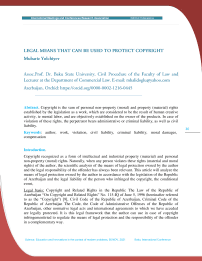Legal means that can be used to protect copyright
Автор: Yolchiyev M.
Журнал: Science, Education and Innovations in the Context of Modern Problems @imcra
Статья в выпуске: 2 vol.4, 2021 года.
Бесплатный доступ
Copyright is the sum of personal non-property (moral) and property (material) rights established by the legislation as a work, which are considered to be the result of human creative activity, ie mental labor, and are objectively established on the owner of the products. In case of violation of these rights, the perpetrator bears administrative or criminal liability, as well as civil liability.
Author, work, violation, civil liability, criminal liability, moral damages, compensation
Короткий адрес: https://sciup.org/16010085
IDR: 16010085
Текст научной статьи Legal means that can be used to protect copyright
Introduction .
Copyright recognized as a form of intellectual and industrial property (material) and personal non-property (moral) rights. Naturally, when any person violates these rights (material and moral rights) of the author, the scientific analysis of the means of legal protection owned by the author and the legal responsibility of the offender has always been relevant. This article will analyze the means of legal protection owned by the author in accordance with the legislation of the Republic of Azerbaijan and the legal liability of the person who infringed the copyright, the conditional event,
Legal basis: Copyright and Related Rights in the Republic The Law of the Republic of Azerbaijan “On Copyright and Related Rights” No. 115-IQ of June 5, 1996 (hereinafter referred to as the “Copyright”) [9], Civil Code of the Republic of Azerbaijan, Criminal Code of the Republic of Azerbaijan The Code, the Code of Administrative Offenses of the Republic of Azerbaijan, other normative legal acts and international agreements to which we have acceded are legally protected. It is this legal framework that the author can use in case of copyright infringementtried to regulate the means of legal protection and the responsibility of the offender in a complementary way.
Science, Education and Innovations in the context of modern problems, 05 NOV, 2021 Baku, International Conference
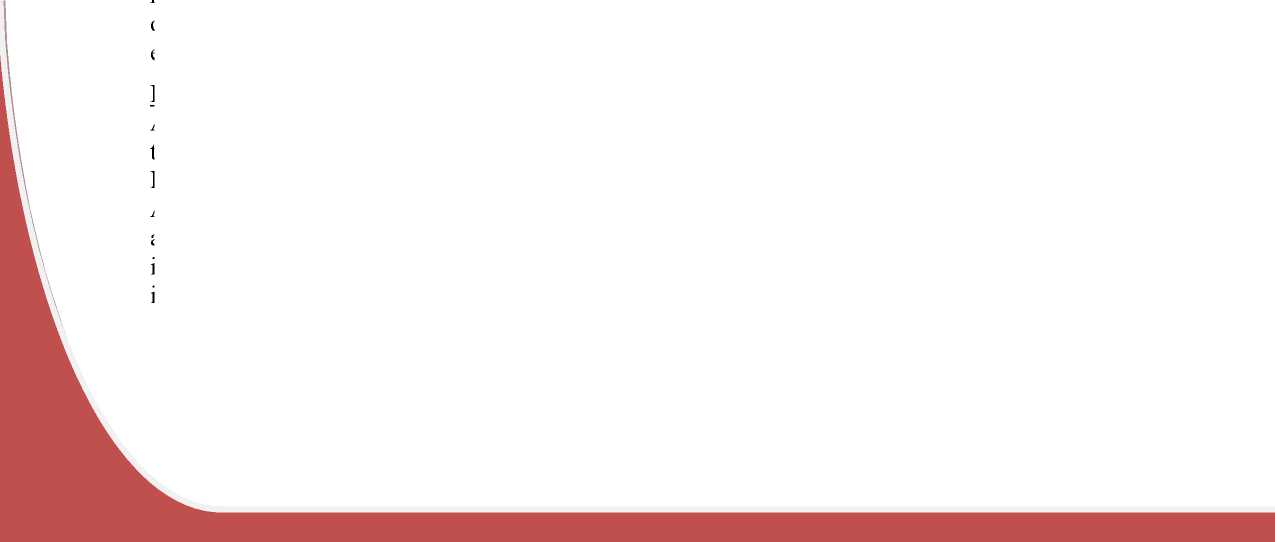
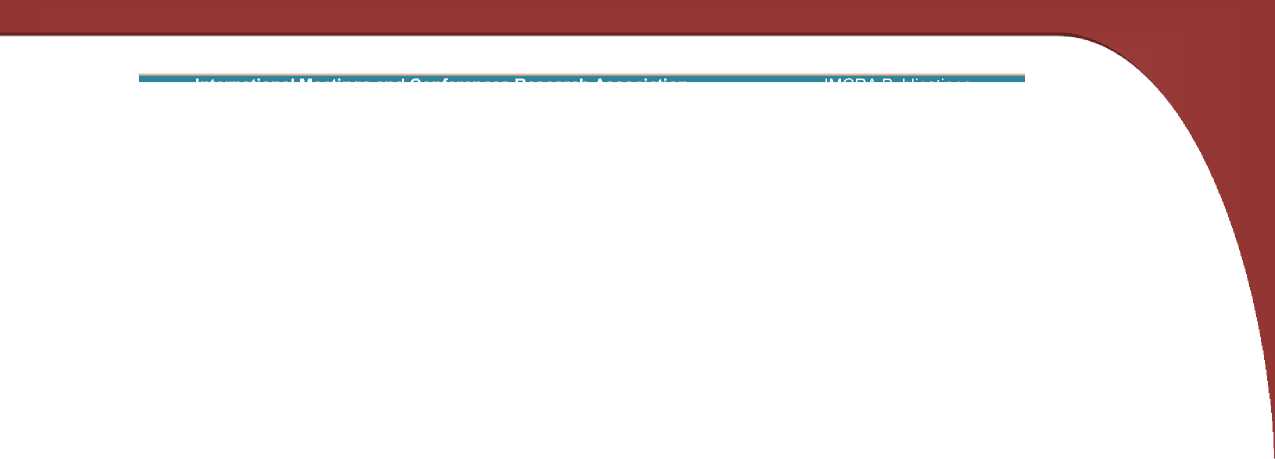
International Meetings and Conferences Research Association
IMCRA Publications
Has the law created copyright for A's song "Qara Gozlum"?
Is B's action a violation of A's copyright?
Conditional event and questions asked : Taking into account all these legislative acts, we believe that in case of copyright infringement, it would be more useful to analyze the legal means used by the author (other owners of works) on a conditional event.
Suppose that A wrote a poem called "Qara Gozlum" and composed it and sang it himself on the Internet.youtube ”posted to the channel. A year later, B changed the name of the song to "Ala Gozlum" and sang the same composition, but with a new arrangement on MTV, without permission from A, stating that the song belonged to him and not to A. It will be useful to identify the following questions on such an event:
What civil claims can A make against B, and what is B's civil liability?
What are the administrative and criminal responsibilities to which B is subject?
Is MTV responsible for this incident?
-
1) First Question: Has the law created copyright for A's song "Qara Gozlum"? Answer:If we look at the requirements of Article 5 and other articles of the IAAC, the requirements of Article 2 of the Berne Convention, A objectively revealed the poem and the song, which is the result of a creative product, and even posted it on YouTube. That is, in this case, the copyright to A's poem and song "Qara Gozlum" was formed.
Thus, from the moment he wrote the poem "Qara Gozlum", A created a literary work. After that, Page 31 A composed the poem and turned it into a work of music (art). Permission is not required here because he composed the poem he wrote, not someone else's poem. However, if A wanted to compose a poem (work) belonging to someone else, he would have to get permission. Otherwise, the author's copyright may be infringed.
After that, A sang the song himself, that is, created a "related right" and posted it on the Internet on the YouTube channel, that is, both the poem, which is a work of literature, and the song, which is a work of music, and the performance, which is a "work of connection." announced at the moment.
As you know, A's song "Qara Gozlum" is copyrighted by law, and this right is still valid.
It should be noted that, according to Article 25 of the Law, “Copyright arises with the creation of a work and remains in force throughout the life of the author and for 70 years after his death, except as provided in Article 26 of this Law. The protection of the author's personal rights is indefinite. After the death of the author, the protection of his personal rights shall be carried out in accordance with Article 29 of this Law.
First of all, because B used the song for commercial purposes without A's permission. Thus, it is accepted that with this performance of B on MTV, he is trying to gain new fans (perestige,
Science, Education and Innovations in the context of modern problems, 05 NOV, 2021 Baku, International Conference
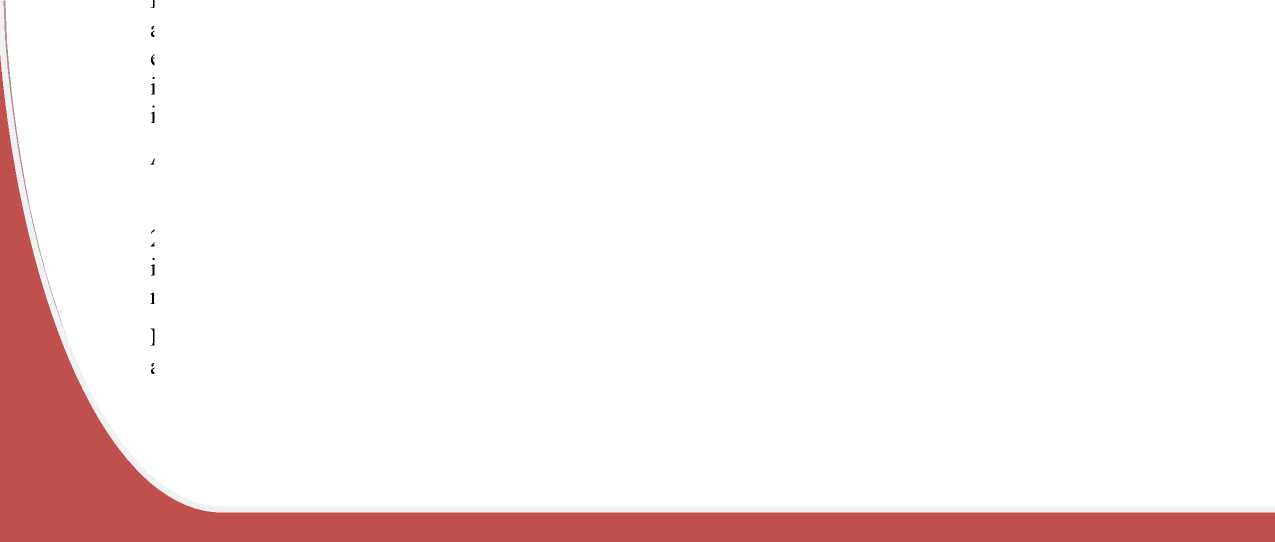
-
2) Second Question: Did B violate the copyright of A? Answer:We believe that B's actions (that is, A's performance of the song "Qara Gozlum" on MTV under a new arrangement under the name "Ala Gozlum") violate A's copyright.
performance, trend, value and slogan). This use of B is considered to be for commercial purposes, as it causes economic gain (unfair gain) in the broadest sense.
In addition, since B's use (action) is not one of the types of use restricted in Articles 17-24 of the ICCPR, his action is considered a copyright infringement.
Note that. There are three ways that B's actions violate A's copyright.
The first violation:B, A performed the song "Qara Gozlum" on MTV without the consent of the author. As it is known, the use of any work for commercial purposes without the permission of the copyright owner, ie disclosure (performance, distribution) to the public, is a violation of copyright. According to the law, copies of a work (performed) and a phonogram prepared (produced) and disseminated without the consent of the copyright owner are pirated products (see MAHQ. M.4 / p.8). In short, copies of a work or phonogram, the production (preparation) or distribution (performance) of which infringes copyright, are considered pirated copies (see Article 44.2).
The second violation: B sang the song "Qara Gozlum" by A under a different name and in a new arrangement under the name "Ala Gozlum". Thus, B made changes to the work without the permission of A, which the law considers a violation. Thus, according to the Law, the owner of the work has the right to oppose the change of the meaning of the work and other such actions (MHQ.m.14.1 / v). The law also states that changing or deleting information on the management of rights without the permission of the right holder is also a violation of the law (Article 44.3).
With these three actions, B violated the copyright of A, A's song "Qara Gozlum", ie personal property (moral) and property (material) rights. That is, B violated the personal (non-property) rights of A and A in the article 14.1 of the CCA and the property (material) rights of the CAA in Article 15.
In this case, the jurisdiction will be determined by Articles 24-32 of the CPC, and the territorial jurisdiction will be determined by Articles 33-45 of the CPC.
Science, Education and Innovations in the context of modern problems, 05 NOV, 2021 Baku, International Conference
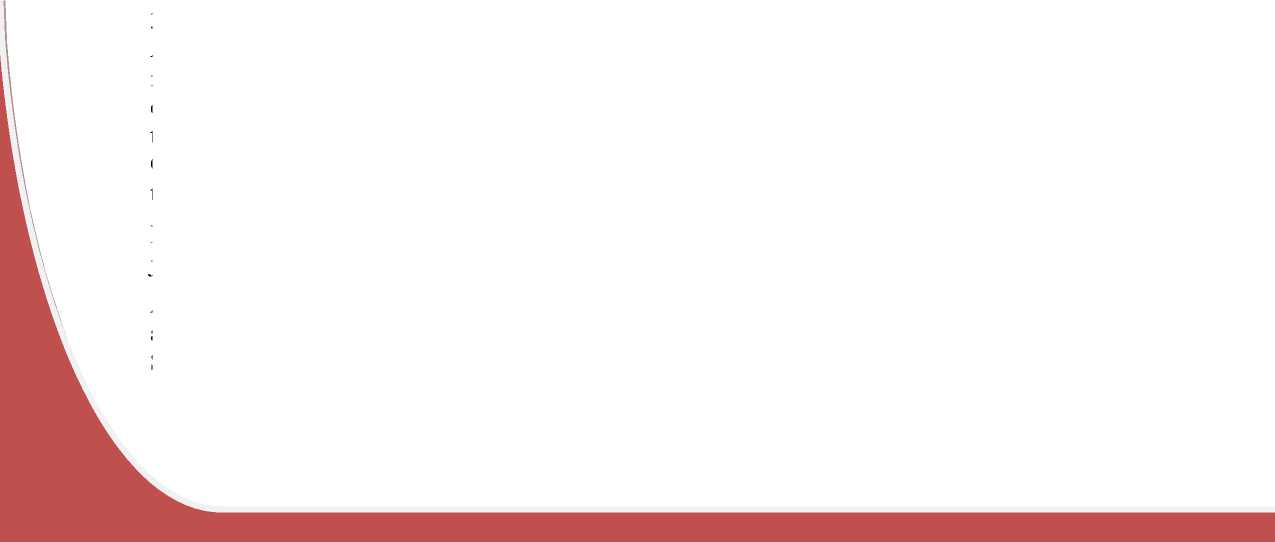
-
3) Third Question: What civil claims can A make against B, and what is B's civil liability? Answer:Article 45.1 of the ICCPR specifically regulates that A, whose copyright has been infringed due to B's actions, has the right to sue in civil proceedings. Therefore, "owners of copyright and related rights can apply to the court to protect their rights." However, even without this norm, A could have filed a civil lawsuit against B in court under Article 60 of the Constitution of the Republic of Azerbaijan [1] and Article 4 of the Code of Civil Procedure of the Republic of Azerbaijan [5].
According to Article 46 of the Code of Civil Procedure, exemptions from state duty on claims arising from copyright disputes are determined by the Law of the Republic of Azerbaijan “On State Duty”.
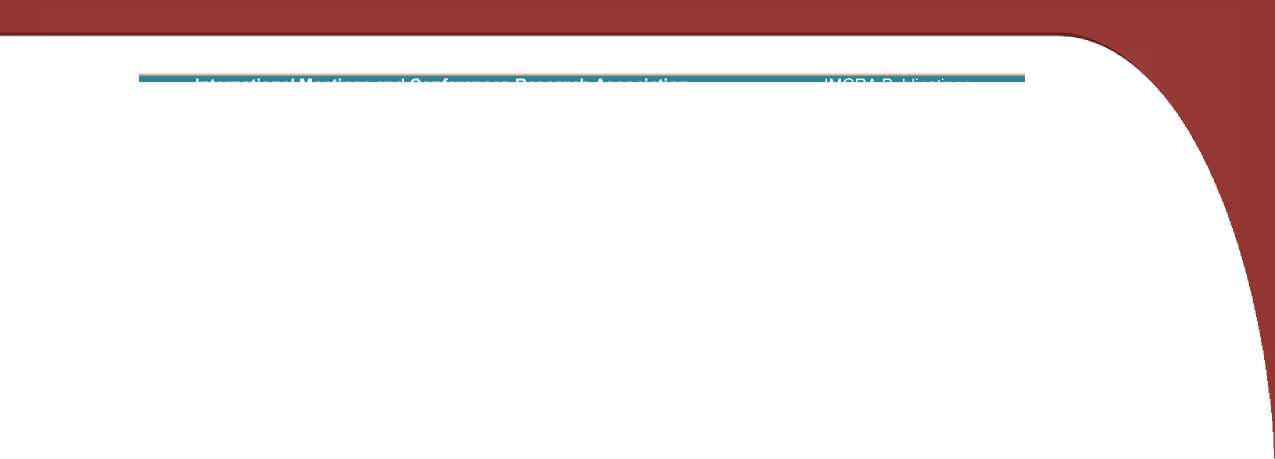
International Meetings and Conferences Research Association
IMCRA Publications
To ensure the restoration of infringed copyright and related rights, the authorized officials and bodies shall take necessary measures in accordance with the legislative acts of the Republic of Azerbaijan.
Procedures ensuring civil protection of copyright and related rights must be equal, fair and simple, do not lead to ineffective delays and must be carried out in accordance with the civil procedure legislation of the Republic of Azerbaijan.
According to Article 9.1.4 of the Law of the Republic of Azerbaijan on State Duties, “on copyright disputes - claims arising from rights to authors, copyright, inventions, utility models, industrial designs, as well as other types of intellectual property - plaintiffs are exempt from paying state duty ”[6]. That is, when filing a lawsuit against A, B, they are exempted from paying the state fee.
Of course, it is also important to determine what A can claim from B in a civil lawsuit. Article 45.2 of the Code of Civil Procedure states that “when considering disputes related to copyright and related rights, the court may, at the request of the plaintiff, decide on the following, in addition to the general means of civil protection:
-
1) withholding of income received as a result of infringement of copyright and related rights from the person who committed the infringement instead of compensation for damages;
-
2) compensation in the amount of 110 to 55 thousand manats instead of compensation for damage or deduction of income;
-
3) confiscation of materials and equipment used for copying (production) of pirated copies, taking into account the severity of the offense and the legitimate interests of others Page 33 ("confiscation" here is not a criminal or administrative liability, but a civil liability, ie materials
and equipment are transferred to the property of the plaintiff by court decision);
-
4) confiscation or destruction of pirated copies in court without any compensation to the party violating the rights ”.
We consider that in order to bring B to the type of civil liability considered in this Article (Article 45.2), it is necessary for A to claim it. That is, the Court cannot apply it on its own initiative. For example, if A has demanded compensation from 110 to 55,000 manats under Article 45.2, paragraph 2, the Court may not apply Article 45.2, paragraphs 1, 3 or 4. Because the law gave the right to choose here to the copyright infringer (A). However, if A chooses four of the requirements of Article 45.2 and files a claim, the court may grant some of them and reject some of them, or grant all of them or reject all of them.
The main problem here will be the problem of how the court should act when the plaintiff seeks pecuniary damage under Article 21 of the Civil Code, together with paragraph 2 of Article 45.2 of the Civil Procedure Code. This, of course, will lead to doubts as to whether the Court should apply the rule “the victim can receive compensation up to the maximum amount of damages” regulated by Article 21.1 of the Criminal Code. So, let's assume that the material damage caused to A due to B's actions is 30,000 manats. A demanded compensation of 40,000 manats under Article 45.2 of the Civil Procedure Code and 30,000 manats under Article 21 of the Criminal Code, ie a total of 70,000 manats for material damage. I wonder if the Court paid AZN 40,000 under Article 45.2 of the Civil Code and AZN 30 under Article 21 of the Civil Code. 000 manats, would it be a violation of the legislation? In many developed countries, taking into
Science, Education and Innovations in the context of modern problems, 05 NOV, 2021 Baku, International Conference
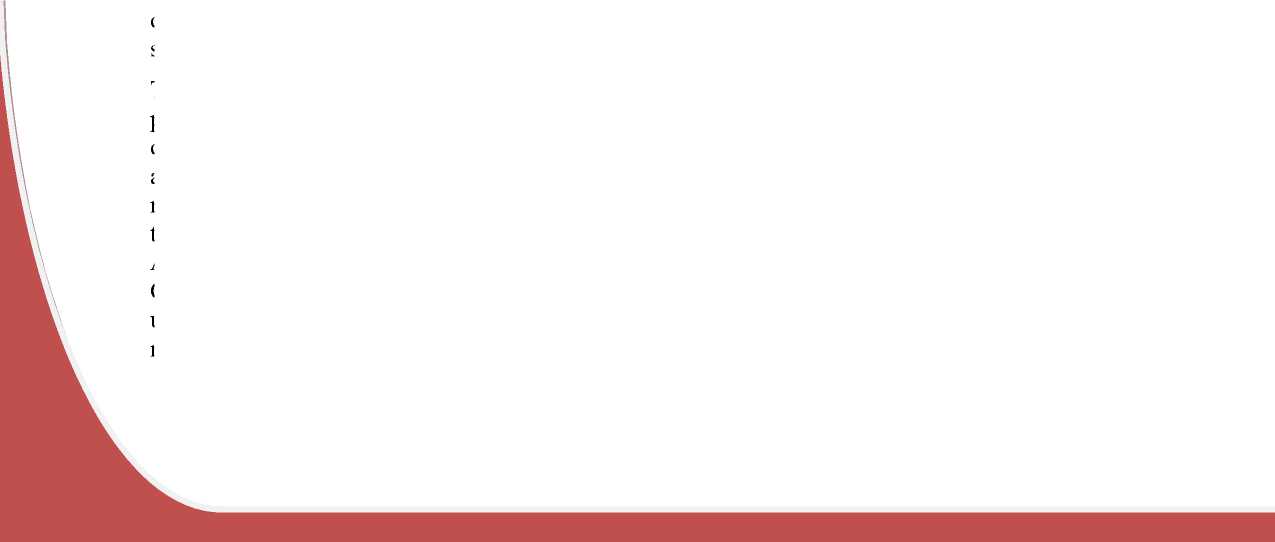
account the nature of copyright, it is accepted that in such cases A can receive more compensation from B than the material damage caused to him, and this is accepted as an exception to the rule "can receive compensation up to the maximum amount of damage". they do. however, we believe that violating the rule in our Legislation that "this exception may be compensated to the extent of the maximum amount of damage" without explicit regulation will result in unfair consequences. For this reason, we believe that the court must provide the maximum amount of compensation for the pecuniary damage. They accept that B can receive more compensation for the material damage caused to him, and accept this as an exception to the rule that "the victim may receive compensation up to the maximum amount of damage". however, we believe that violating the rule in our Legislation that "this exception may be compensated to the extent of the maximum amount of damage" without explicit regulation will result in unfair consequences. For this reason, we believe that the court should provide the maximum amount of compensation for the pecuniary damage. They accept that B can receive more compensation for the material damage caused to him, and accept this as an exception to the rule that "the victim may receive compensation up to the maximum amount of damage." however, we believe that violating the rule in our Legislation that "this exception may be compensated to the extent of the maximum amount of damage" without explicit regulation will result in unfair consequences. For this reason, we believe that the court must provide the maximum amount of compensation for the pecuniary damage.
In addition, Article 45.4 of the Code of Civil Procedure states that"If the fact of violation is proved, the court has the right to decide on the reimbursement of reasonable costs incurred by the right holder, including the fee paid to the lawyer. The court may also decide whether to pay compensation to the author (other right holder) or the holder of related rights for the violation, 34 regardless of whether the offender is aware of it (whether he is guilty or not). It should be noted that the law regulates that an application to establish a legal fact may be filed here (Article 45.4).
That is, this norm gives the plaintiff a different opportunity from Article 45.2. Thus, A accepts that B's action is a violation of the law, that is, he can apply to the court to establish a legal fact. If the court confirms that B committed the offense, In this case, the court has the right to decide on the reimbursement of reasonable expenses incurred by the right holder, including the fees paid to the lawyer. It should be noted that, although the application submitted here is similar to the “determination of legal facts” subject to the Special Procedure of the NPC, the person who committed the violation with the establishment of the fact was entitled to “reasonable expenses incurred by the right holder, including the lawyer's fee”. differs from the Special Procedure procedure in that it can be enforced, and is similar to the procedural procedure. If the claim is subject to the rules of procedure, then the question arises as to why it is regulated in a different norm in 45.2. For this reason, we consider that the procedure of the opportunity regulated by Article 45.4 (the procedure of the claim,
Again, according to Article 45.5 of the ICCPR,"The author or the owner of related rights has the right to demand from the offender, in addition to compensation, the payment of royalties that he may receive in the normal use of the work or other object of intellectual property." Of course, this fee must be set in such a way that it violates the rule that "the victim can receive compensation up to the maximum amount of damage."
Science, Education and Innovations in the context of modern problems, 05 NOV, 2021 Baku, International Conference
However, as noted, the plaintiff (A) can, of course, use the general means of civil protection provided for in the Civil Code against B [4]:
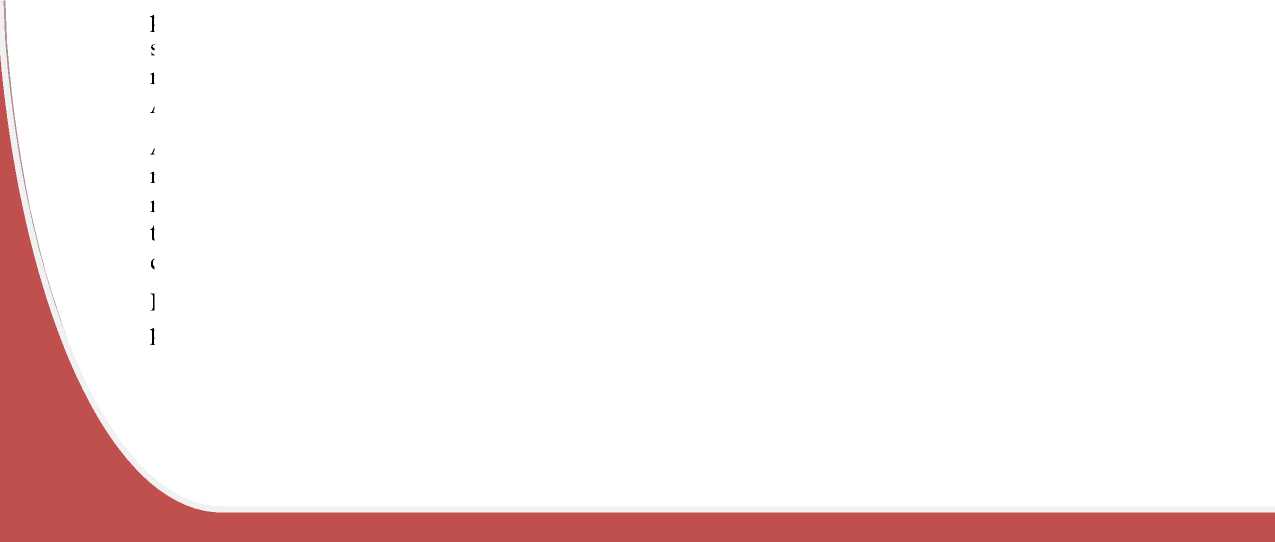
According to Article 21 of the Parliament,"A person who has the right to demand compensation for damages may demand full compensation for the damage caused to him, provided that the law or the contract does not provide for a smaller amount of compensation.
Damage means expenses incurred or to be incurred by the infringer to restore the infringed right, loss of property or damage to property (real loss), as well as income (lost profit) that the person will receive in ordinary civil circulation if the infringement is not infringed. ”.
According to Article 1096 of the Criminal Code,“A tort is a culpable, unlawful act (action or omission) that causes direct harm or harm to another person (victim) protected by law or law (action or omission). The perpetrator is liable under civil law.
According to Article 1097 of the Criminal Code,“Damage caused to a natural person or property as a result of a civil offense (tort), as well as damage to the property and business reputation of a legal entity, must be compensated in full by the injured party. According to the law, the obligation to compensate the damage can be imposed on the person who did not cause the damage.
According to Article 23 of the Parliament, “An individual may demand in court the refutation of information that tarnishes his honor, dignity or business reputation, violates the secrecy of personal and family life or personal and family inviolability, provided that the person who disseminated such information does not prove their veracity.
An individual who has disseminated information that tarnishes his honor, dignity or business reputation, along with the refutation of such information, has the right to demand compensation for damage caused as a result of their dissemination.
Page 35 As it is known, if the ICRC regulates the author's personal non-property (moral) rights (Article 14), the ICRC does not regulate by a special norm that compensation may be required for non-pecuniary damage in case of violation of these rights. We believe that this is a shortcoming and should be regulated by a special norm, which may require moral damages. Currently, moral damages can be claimed under Articles 23 and 1096, 1097 of the Civil Code.
-
4) Fourth Question: What are the administrative and criminal responsibilities to which B is subject? Answer: According to Article 47 of the Code of Criminal Procedure, "This Law provides for civil, administrative and criminal liability for violation of copyright and related rights in accordance with the legislation of the Republic of Azerbaijan."
According to Article 165 of the Criminal Code of the Republic of Azerbaijan, “Illegal use of copyright or related legal objects, ie publication of another's scientific, literary, artistic or other work in one's own name or misappropriation of another's authorship, illegal reprinting or distribution of such work, as well as co-authorship coercion, if as a result of these acts caused significant damage (more than 1000 manats) - is punished by the penalty at a rate of one thousand to two thousand manats or by public works from three hundred twenty to four hundred eighty hours ”[2].
According to Article 185 of the Code of Administrative Offenses of the Republic of Azerbaijan, “In case of damage to copyright and related rights in this small amount (up to 1000 manats) -from eighty to one hundred and fifty manats with confiscation of pirated copies, as well as materials, equipment and other means used in the production (production) and distribution of pirated copies shall be fined in the amount of ”[3].
Science, Education and Innovations in the context of modern problems, 05 NOV, 2021 Baku, International Conference
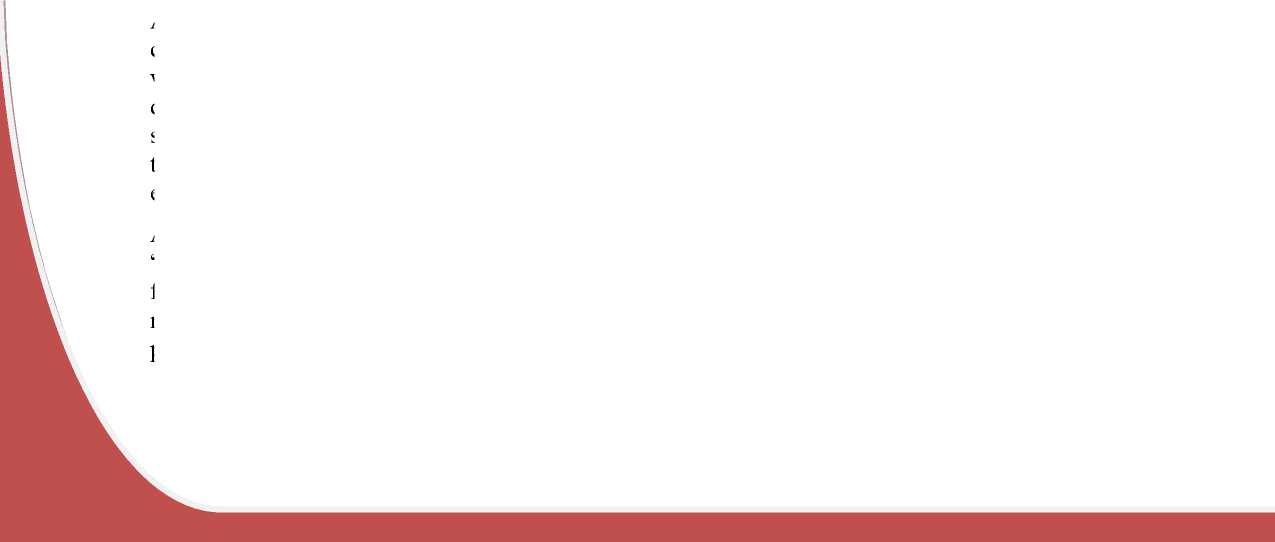
As it is known, B, A may be held administratively liable under Article 185 of the ICC for infringing copyright. If the degree of violation is severe, B can be prosecuted under Article 165 of the Criminal Code instead of Article 185 of the Criminal Procedure Code.
-
5) Fifth Question: Does MTV have any responsibility in this case? Answer:We believe that MTV violated the law by allowing B to perform the song "Qara Gozlum" by A. without conducting an appropriate inspection.
Thus, according to Article 12 of the Law of the Republic of Azerbaijan on Mass Media, "The use of mass media from the objects of copyright and related rights is allowed in compliance with the requirements of the Law of the Republic of Azerbaijan" On Copyright and Related Rights "[8]. We believe that this action of MTV violated the requirements of Article 12 of the Law of the Republic of Azerbaijan on Mass Media.
Here is Europe Human Hof the Court of Rights “Neij and Kolmisoppi Sweden against” accepted in the case March 2013dated No. 40397/12 decision is also important [10]. So Europe in that caseof bn frontbmli internetalso share filema swhich is one of the sayings Pirate Baybleyhinb 2008-in Swedenalso the leaders of the site in the lawsuit opened Fredrik Neij vb Peter Sonde Kolmisoppinin They were found to have violated the Swedish Copyright Act 5 million Euro was sentenced to pay compensation. Of the Supreme Court of Sweden2012Applicants from the final decision of Fredrik Neij vb Peter Sonde Kolmisoppin Europe Human HThe European Court of Human Rights rejected the applicants' complaint, acknowledging that the European Court of Human Rights was responsible for monitoring and preventing copyright infringement of works shared by other persons on the Site. Thus, the applicants claimed that the siteheadqaThe use of copyright by persons in violation of copyright does not constitute their liability, only those who violate those rights are liable. In addition, the applicants appealed that conviction to Europe Man Of the Treaty of Rights 10They considered that the right to freedom of information in Article 1 was a violation. However, the Court noted that it was the duty of the Applicants to prevent copyright infringement by other persons through the Site under their control and management, and that it was unacceptable to infringe on the "right to information" in this way. Consequently, MTV could have prevented A's copyright infringement by B if it had carried out the necessary inspections. For this reason, we believe that MTV is also responsible for this violation.
Conclusion
As it is known from the above, copyright is the sum of personal non-property (moral) and property (material) rights established by the legislation on the product, which is considered to be the result of human creative activity, ie mental labor and is objectively established on the owner. In case of violation of these rights, the perpetrator bears administrative or criminal liability, as well as civil liability. While the Civil Procedure Code regulates the possibility of claiming compensation for pecuniary damage to a person whose rights have been violated, it indirectly regulates its compliance with the general norms of the Civil Code for non-pecuniary damage. We believe that in case of violation of the author's moral rights, in contrast to Article 23 of the Criminal Code, that is, it is useful to regulate in the ICRC with a special norm that the plaintiff may claim moral damages, even if he does not suffer emotionally and concussions. In addition, at the time of the claim provided for in paragraph 2 of Article 45.2 of the CCRA, or at the time of the claim in accordance with Article 21 of the CC, whether the plaintiff was able to receive more compensation than the damage caused to him, Article 45.4 of the Code of Civil Procedure states that it is important to determine which procedural procedure (claim procedure or special
Science, Education and Innovations in the context of modern problems, 05 NOV, 2021 Baku, International Conference procedure) the application is subject to in the CPC. Again, when the plaintiff chooses one of the requirements of Article 45.2 of the Code of Civil Procedure (for example, the claim in paragraph 2) and files a lawsuit, the court does not, on its own initiative, violate Article 45.2 of the Code of Civil Procedure. The question of whether it can satisfy another requirement in Article 2 (for example, the requirement in paragraph 3) will also be frequently asked. For this reason, it will be useful for the Legislature to work to address these issues.

